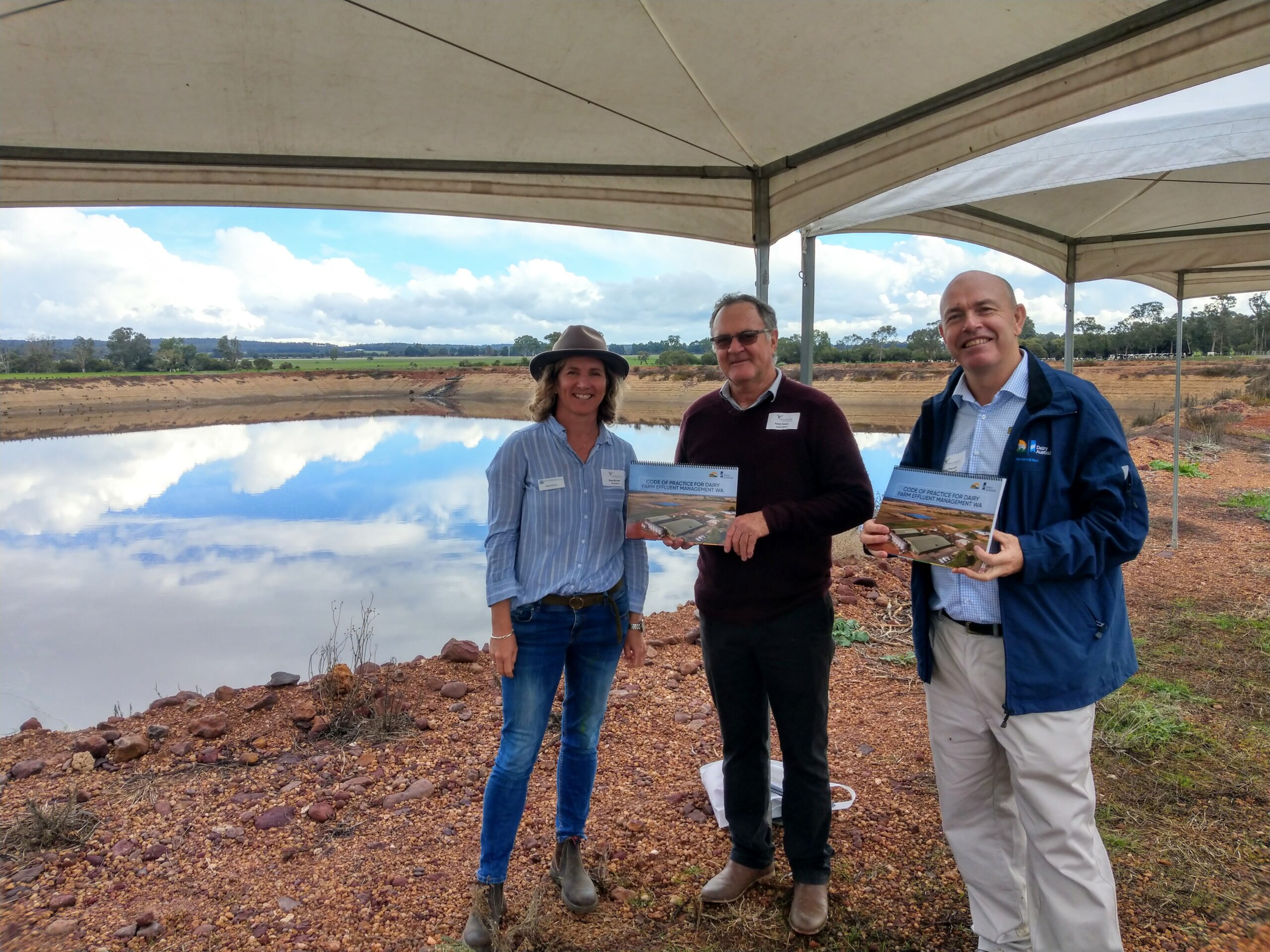Dairy for healthy estuaries
Transitioning dairy farms to best practice will work best with the keen involvement and leadership of industry representatives. Dairy for Healthy Estuaries is led by Western Dairy in partnership with catchment groups, dairy farmers and State Government agencies to reduce nutrient loss off dairy farms and improve water quality of our estuaries.
Dairy for healthy estuaries will:
- provide farmers with information and tools to make better fertiliser decisions
- build industry capacity to lead and deliver better outcomes for dairy farms
- seek partnerships with other industry groups, to explore opportunities for quality assurance programs linked to nutrient management.

